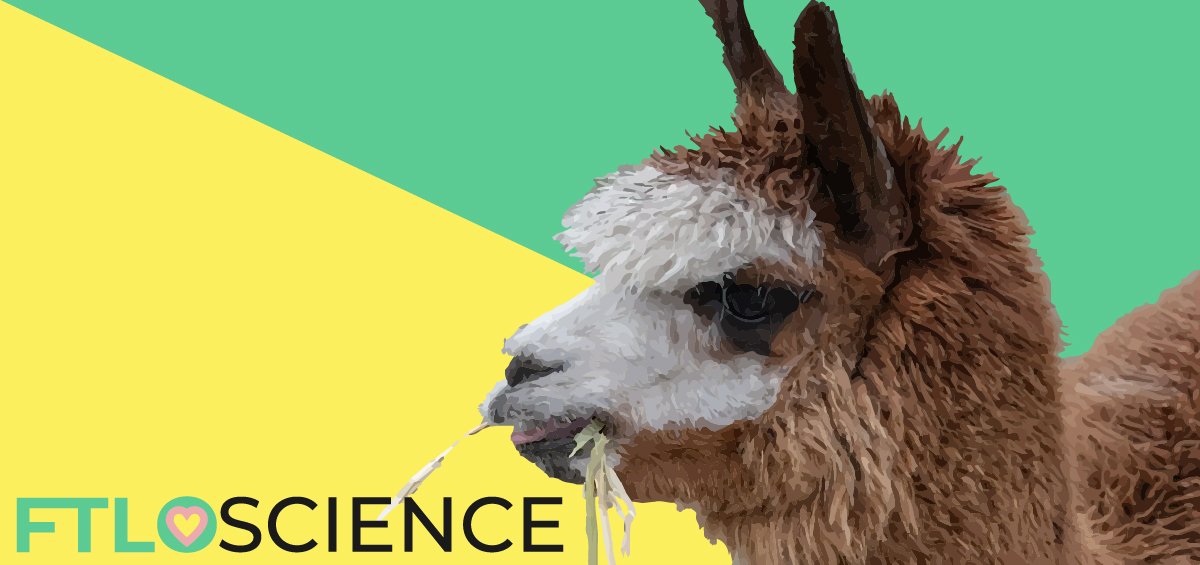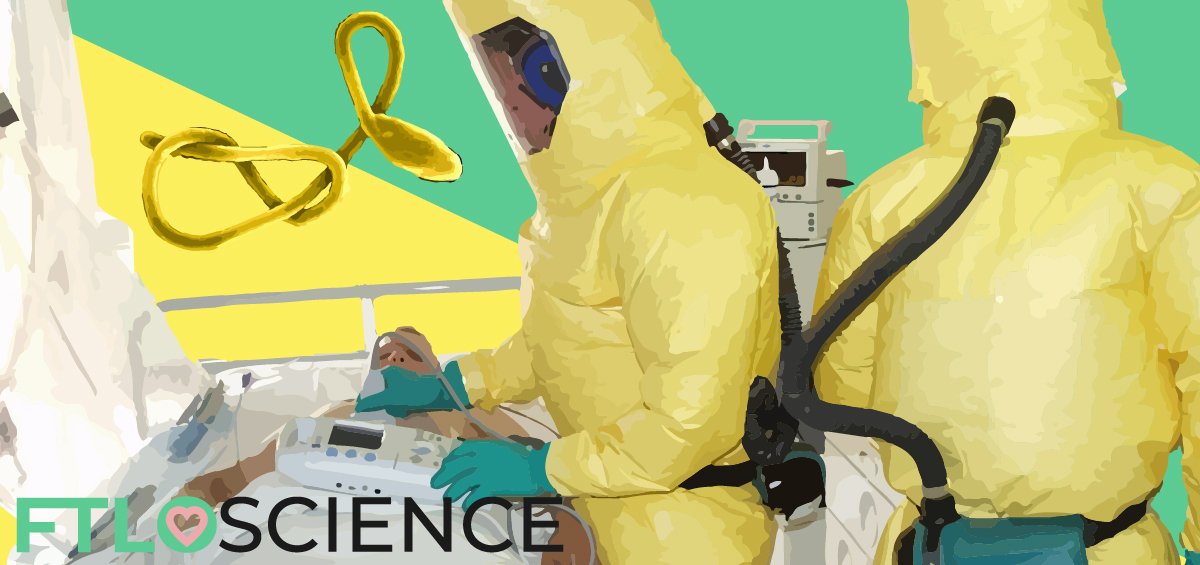When it comes to medical research, we owe a great deal to animals. Lab rats, rabbits and even zebrafish have made contributions to the field. But one mammal that might not immediately come to mind is the gentle alpaca. Making use of their special antibodies, researchers are developing biologic drugs ranging from novel anticancer therapeutics to vaccines against coronaviruses.
Alpacas—More Than Just Cute
Alpaca farms are predominantly tourist attractions, with visitors keen on frolicking around green pastures with their favorite camelid. But beneath their peculiar expressions and playful nature, alpacas might hold the key to tackling some of medicine’s toughest challenges.
It turns out that camelids—the family of animals that include alpacas and llamas—have evolved genes that code for special antibodies. Antibodies are proteins that play a big role in our immune response. They have unique binding regions that allow them to identify and tag harmful targets or ‘antigens’, such as viruses and bacteria. Once tagged, our immune system quickly takes action to remove the threat from our bodies.
Heavy-Chain Antibodies (HCAbs)
Conventional antibodies, such as the ones in human bodies, are made up of two parts, known as the ‘heavy chain’ and ‘light chain’. In addition to these antibodies, alpacas and other camelids also produce a class of antibodies that possess just a single heavy chain.
These heavy-chain antibodies (HCAbs) are thought to have evolved to expand the alpaca’s ‘library’ of antigen targets, enabling them to have a more robust immune system. HCAbs are smaller and less specific than conventional antibodies, meaning they can target a larger number of antigens. Studies have shown that camel HCAbs bind strongly to certain enzymes that conventional antibodies show insignificant responses to1. It is thought that their small size allows them to squeeze into narrow areas and access targets that larger antibodies cannot reach.

From Antibodies to Nanobodies
Research into reducing the size of alpaca antibodies has gone even further, to the point of isolating just the protein domain, or region, responsible for binding. These so-called nanobodies are tiny, only around 10% of the size of a regular antibody. By designing them based on the binding regions of alpaca HCAbs, they can be made to be remarkably stable, something that is usually a problem with small protein fragments.
Out of all the camelids, alpacas are relatively docile and easy (compared to a camel!) to handle in a laboratory setting. Antigens, such as viral proteins, can be introduced into alpacas in order to elicit an immune response2. After several weeks, its immune system would have built up enough antibodies against the foreign particle and can be collected.
The collected HCAbs from immunized alpacas are useful reagents in biomedical research, as they present ready-made, high-affinity antibodies against specific targets.
Applications of Alpaca HCAbs and Nanobodies
The smaller HCAbs and nanobodies can potentially excel in the same areas as their monoclonal antibody analogs. Monoclonal antibodies (MAbs) have found great success in therapeutics, especially as antitumor and anti-inflammatory drugs. Being smaller molecules, it is the hope that HCAbs can access targets that existing MAbs cannot, resulting in better drug effectiveness.
Anticancer Agents
Multiple myeloma is a type of cancer that affects plasma cells in the blood and is one of the most common forms of cancer. Although there are several MAb drugs available against it, it has a high rate of relapse, highlighting the need for new and novel treatments.
CD38 is a protein that is overexpressed in some cases of multiple myeloma, with daratumumab—an approved monoclonal antibody drug—targeting it to great effect. By fusing nanobodies derived from llamas with human antibodies, researchers have engineered several HCAbs that show a high affinity for CD383. Although early in development, these experiments serve to highlight the therapeutic potential of HCAbs and nanobodies.

Vaccines for the Coronavirus
Alpaca antibodies have also been shown to grant immunity against viruses, specifically the MERS-CoV coronavirus strain. Researchers first produced the MERS-CoV spike protein, the fragment enabling the virus to enter and infect host cells.
This spike protein was given as a vaccine to camels and alpacas, allowing immunity to develop before exposing them to the virus. The vaccine was found to be effective in reducing the respiratory effects of MERS-CoV in these animals4.
MERS-CoV is structurally similar to SARS-CoV-2, the coronavirus responsible for the COVID-19 pandemic. Building on the MERS-CoV vaccine research, a similar study was also carried out, exposing a llama to the SARS-CoV-2 spike protein.
After infection, the HCAbs from the llama were collected and purified. One specific antibody was shown to bind to SARS-CoV-2 with high affinity, with crystal structure imaging providing evidence that it significantly disrupts the virus from entering the host cell5. Further research is required, but llama HCAbs are a possible starting point for the development of a testing tool or even a vaccine for COVID-19.
Neuroimaging and Drug Delivery
Due to the small size of nanobodies, they might also be able to access therapeutic targets in the brain. The blood-brain barrier prevents large molecules from entering it, limiting our drug options in treating neurodegenerative diseases like Alzheimer’s. Normally, biologic drugs are too large to bypass the blood-brain barrier, but tiny nanobodies might be able to pass through.
The Aβ peptide in the brain has long been associated with Alzheimer’s disease. Researchers have found several alpaca nanobodies that could detect and bind to specific forms of Aβ, with one specific nanobody preventing neurotoxicity and the fibril formation responsible for the loss of neuron function6.
Current Limitations of Alpaca Antibodies
Although the alpaca’s unique immune system can provide us with a starting point in drug discovery, its effectiveness in the field has its limitations. For starters, extracting immune cells from animals is extremely inefficient, especially compared to bacteria.
Bacteria remain the preferred choice for screening biologic drugs for possible therapeutic activity. Techniques such as phage display and advances in bioinformatics greatly accelerate this process, building up huge libraries of potential drug ‘hits’ in the blink of an alpaca’s eye.
Furthermore, it remains to be seen if heavy-chain antibody and nanobody research can be successfully translated into human medicines. While bacterial phage display has been used to develop blockbuster monoclonal antibodies like Abbvie’s Humira, stable human HCAbs have yet to be engineered.
Although heavy-chain antibodies present a novel route for lead identification in medicinal chemistry programs, many of their potential applications are still in the nascent stages of research. Still, we hope you have developed a newfound appreciation for the friendly neighborhood alpaca!
Reference
- Nguyen, V., Su, C., Muyldermans, S., & van der Loo, W. (2002). Heavy-chain antibodies in Camelidae; a case of evolutionary innovation. Immunogenetics, 54(1), 39-47.
- Chow, K. M., Whiteheart, S. W., Smiley, J. R., Sharma, S., Boaz, K., Coleman, M. J., … & Vander Kooi, C. W. (2019). Immunization of alpacas (Lama pacos) with protein antigens and production of antigen-specific single domain antibodies. JoVE (Journal of Visualized Experiments), (143), e58471.
- Schriewer, L., Schütze, K., Petry, K., Hambach, J., Fumey, W., Koenigsdorf, J., … & Fehse, B. (2020). Nanobody-based CD38-specific heavy chain antibodies induce killing of multiple myeloma and other hematological malignancies. Theranostics, 10(6), 2645.
- Adney, D. R., Wang, L., Van Doremalen, N., Shi, W., Zhang, Y., Kong, W. P., … & Modjarrad, K. (2019). Efficacy of an adjuvanted Middle East respiratory syndrome coronavirus spike protein vaccine in dromedary camels and alpacas. Viruses, 11(3), 212.
- Wrapp, D., De Vlieger, D., Corbett, K. S., Torres, G. M., Wang, N., Van Breedam, W., … & Pöhlmann, S. (2020). Structural basis for potent neutralization of betacoronaviruses by single-domain camelid antibodies. Cell, 181(5), 1004-1015.
- Lafaye, P., Achour, I., England, P., Duyckaerts, C., & Rougeon, F. (2009). Single-domain antibodies recognize selectively small oligomeric forms of amyloid β, prevent Aβ-induced neurotoxicity and inhibit fibril formation. Molecular Immunology, 46(4), 695-704.
About the Author

Sean is a consultant for clients in the pharmaceutical industry and is an associate lecturer at La Trobe University, where unfortunate undergrads are subject to his ramblings on chemistry and pharmacology.




